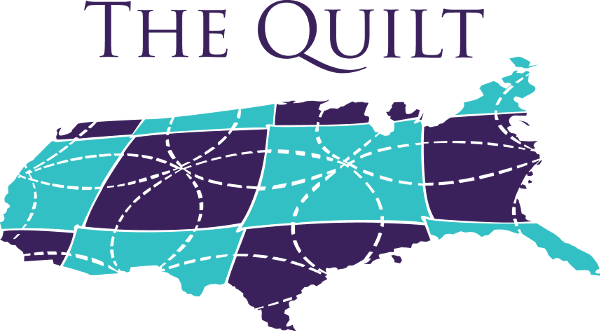COLLEGE PARK, MD (March 6, 2014) – Mid-Atlantic Crossroads (MAX), in conjunction with Fujitsu Network Communications, Inc., announced today the successful transmission of data at rates of 400 Gbps and 800 Gbps over MAX’s optical network from Baltimore, MD, to McLean, VA, during a field trial based in College Park, MD. The week-long trial, which is the first ever to demonstrate Fujitsu’s new super-channel capabilities on a deployed network, showed that MAX will be able to provide a 400 Gbps-capable networking infrastructure to the surrounding research and education (R&E) community, as well as blaze a future path to even higher speeds on the existing installed base of equipment.
This record-speed transmission was made possible by using the Fujitsu FLASHWAVE® 9500 Packet Optical Networking Platform to transmit data with a 25% improvement in channel spacing over conventional dense wavelength division multiplexing (DWDM). These condensed channels are a result of flexible grid utilization and are combined with advanced modulation techniques including dual-polarization quadrature phase shift keying (DP-QPSK) and dual-polarization 16-ary quadrature amplitude modulation (DP-16QAM) to greatly increase network utilization without requiring any physical adjustments to the MAX network infrastructure. The end result is a super-channel that allows more than 2.5 times increase in bandwidth in the same amount of spectral width as current DWDM technologies.
The field trial focused on achieving a stable 400 Gbps transmission over the MAX network footprint, alongside existing 10 Gbps and 100 Gbps channels. After this was demonstrated, an error-free rate of 800 Gbps was also attempted and achieved during the test – indicating a wealth of possibilities for the current state of optical networking, while also shining a light on future networking capabilities.
“This field trial provided a significant opportunity for MAX and Fujitsu to collaborate on a leading technological advancement in the optical networking field,” said Tripti Sinha, Executive Director of MAX. “The achievement of such a fast networking speed will not only benefit MAX participants, but it will also set the standard for the future of advanced networking, helping to unlock previously unavailable resources for researchers across the world.”
This dramatic increase in network speed will allow MAX to provide its participants with even more robust and scalable network communication capabilities across Maryland, Virginia, and the District of Columbia. 400 Gbps will help scientists across the mid-Atlantic minimize the limitations of geographic distance and maximize the demands of science applications in order to expedite the transmission of data and, ultimately, discoveries through groundbreaking research.
“Fujitsu has established a track record of continuously evolving and expanding technology solutions to meet the most demanding networking requirements,” said Rod Naphan, CTO and Senior Vice President of Solutions, Product Planning and Portfolio Management, Fujitsu Network Communications. “Our collaboration with MAX is one example that we’re particularly proud of. Today we’re achieving 400 Gbps, and we can already see greater capacity in the not-too-distant future.”
The field trial demonstrated several key technical advancements which could lead to the next generation of optical transmission. Fujitsu’s 400 Gbps and 800 Gbps super-channel capabilities enable higher per-channel scalability. Support for multiple modulation schemes including DP-QPSK and DP-16QAM opens up the ability to optimize spectral efficiency while accommodating dynamically-changing reach demands. Additionally, Nyquist filtering techniques leverage spectral shaping resulting in an increase in spectral density. With nonlinear fiber impairments being a major limiting factor of optical transmission, the field trial demonstrated nonlinear compensation (NLC) techniques to reduce the resulting optical penalties and extend the achievable transmission distance. All of these advancements enable a much higher utilization of costly fiber infrastructure and maximize the bandwidth available for demanding R&E applications.
For more information about MAX and MAX services, please visit www.maxgigapop.net.
